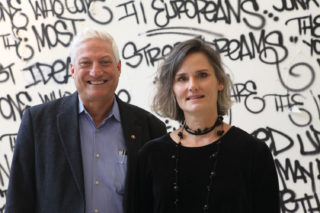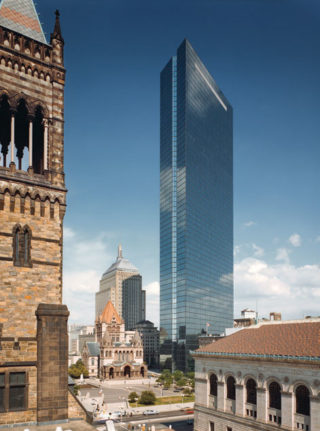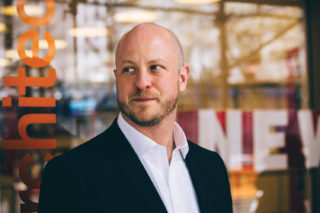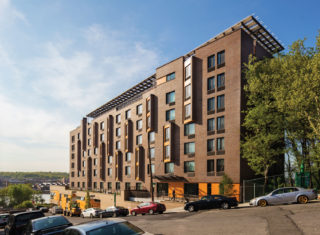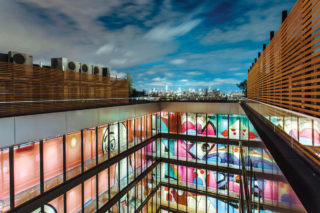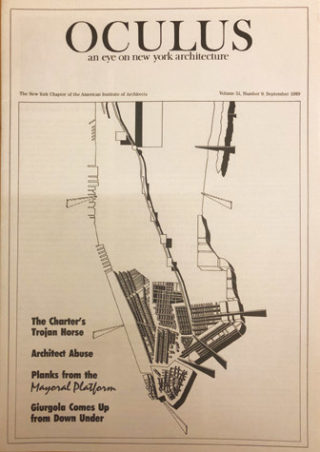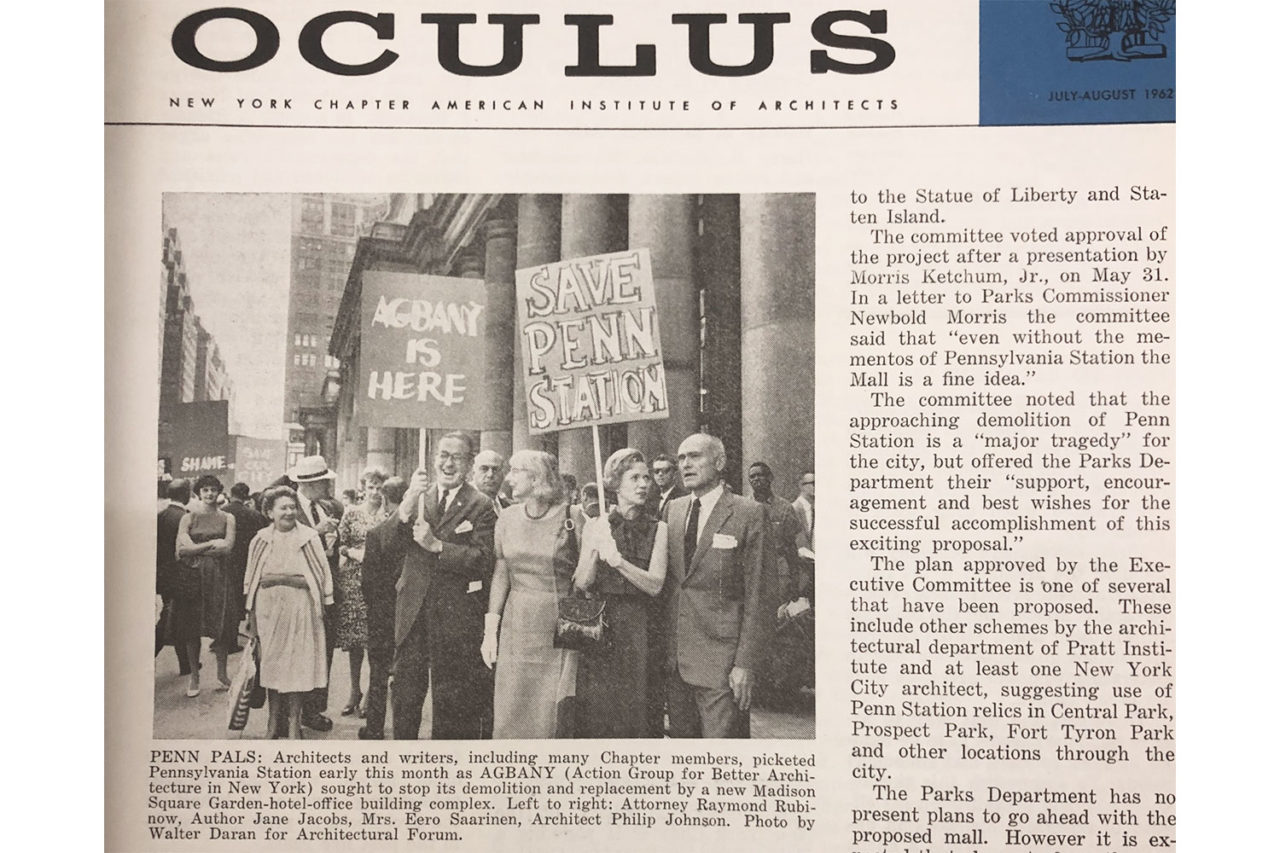
During rush hour on the evening of August 2, 1962, the Action Group for Better Architecture in in New York (AGBANY)—including Jane Jacobs, Aline Saarinen, and Philip Johnson—gathered at the main entrance of Pennsylvania Station. The monumental McKim, Mead & White structure was slated for demolition, and of those advocating preservation had little recourse other than taking to the streets to raise public awareness. Calling the impending destruction of the building a “major tragedy,” Oculus featured the AGBANY protest on the front page of its July-August 1962 issue. The associated news story resignedly treated the plans as a fait accompli, striking the optimistic note that the building’s Doric columns of marble would be repurposed by the New York City Parks Department.
The episode brought to mind last year’s protest of a dramatic planned renovation of Philip Johnson’s AT&T tower in Midtown. Renderings were published, architects and preservationists were outraged, and a series of small protests drew maximum media attention that changed the course of the project. This was possible thanks to the Landmarks Preservation Commission, established in 1965 in the wake of Penn Station’s demise.
How do you define advocacy versus activism? Are architects ultimately responsible to their clients or to their community? Grappling with questions like these shaped this issue, as we transitioned from outgoing AIANY President Guy Geier’s theme of “Architect|Activist” to incoming president Hayes Slade’s banner of Building Community.
In our features, we consider “Advocacy and Social Impact” from multiple perspectives and look at how it plays out in the built environment. Writer Stephen Zacks dives into the issue of homelessness, which has increased by 300 percent since the mid-1980s, and investigates how architects are collaborating with the Department of Homeless Services to address the issue at every stage. Jennifer Krichels, guest managing editor for this issue, offers a first-person report on how gender considerations are becoming the subject of overdue conversations around design and planning of interiors. Returning feature writer Deborah Wilk surveys the variety of ways that architects are addressing issues of equity in their own practices. In keeping with our theme, we also feature a portfolio of images from the newly renovated Ford Foundation Center for Social Justice; Gensler’s elegant intervention creates an accessible space that lives up to the foundation’s values.
Wherever we looked, we saw architects serving as advocates for the greater community, whether that meant pushing clients to think of equitable design solutions or self-initiating projects that generate important conversations about our collective future as New Yorkers. For example, at press time, HOK had just announced a new report developed with the New York Building Congress (“Building the Future of New York”), proposing strategies for underutilized land and mass transit in light of the city’s anticipated population increase (over 9 million by 2040).
As architects have become more sure-footed public advocates over the decades, Oculus has evolved alongside, from its original function as a newsletter for AIANY Chapter members to a forum where pressing issues are given a platform and architects can raise their voices. To celebrate the publication’s 80th birthday, we gave the mic to three former editors: Suzanne Stephens, Jayne Merkel, and Kristen Richards (“Oculus at 80”).
Over the next 80 years, to take a cue from Stephens, let’s not be afraid to stir up trouble.








